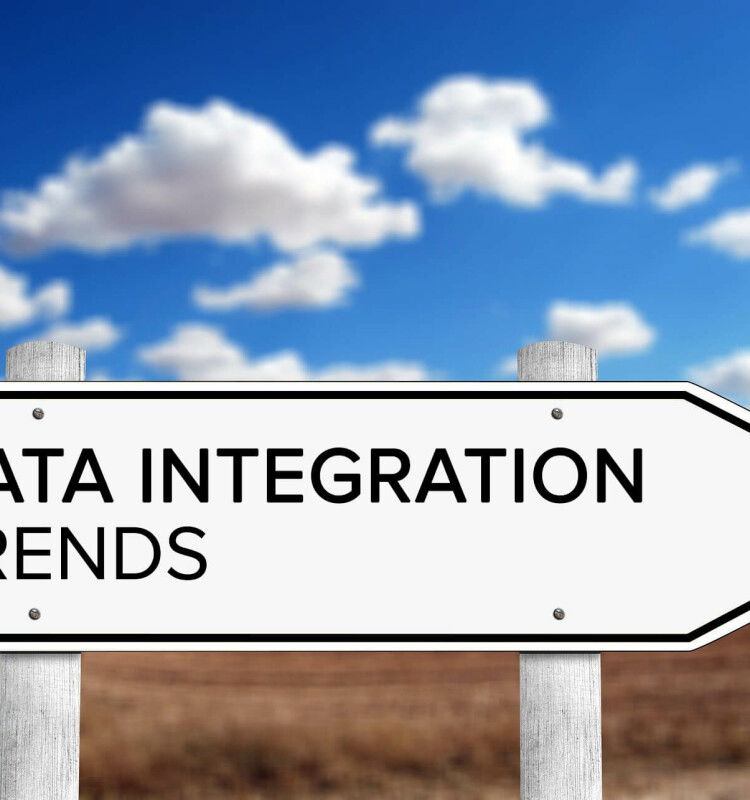Leveraging Data
Leveraging and harnessing data is a key part of the Digital Transformation journey. Not just what an organisation has, but also what it can access to enrich what it has. It is the bedrock of how we digitally engage with our customers, partners, suppliers and internally in the organisation.
Benefits of Leveraging Data


Deliver better customer experience
Stronger business intelligence to guide decision making
More possibilities for new services, applications and capabilities
Reduce development time and costs
More security and control over your protected data
How to effectively leverage data
The ability to leverage data requires that we develop an overall architecture and strategy for it. Ensuring that the data models which support the key functional domains are appropriate and that data quality is consistent is key. Likewise with respect to security, access control, roles and the stewarding of data in the organisation. Understanding who owns the data, which systems master it, which systems need access to that master data, how we enrich it and what events generate it, all help shape the overall strategy.
There may be an industry data model the organisation can leverage or should be working with. For some organisations there may be a competitive edge to be yielded from its data if it is leveraged the right way. Organisations need to understand the value of their data and see it as an asset.
When the data is understood, an organisation’s ability to extract value from it is driven by their capability in integration terms. Organisations with a high level of integration capability possess a strategy for it, an overall integration framework, the technical skills with the tooling, the body of knowledge associated with the discipline of integration and the understanding of how/when to lean on the technology.
Organisations often see getting the fundamentals right as Big Design Up Front (BDUF) and not something we would associate with agile delivery. It’s about Enough Design Up Front (EDUF) and clearly delineating strategic goals from tactical initiatives. It isn’t pragmatic to deliver the entire data model for the organisation before delivering on value. It’s important though to have a solid data model for the value that needs to be delivered and to understand the broader context of that model.
Organisations that leverage data well also have strong integration strategies and underlying capability. They regard integration as an evolving capability rather than a point in time decision they are forced to live with. When they enable data for consumption through APIs or events, they layer their architecture to enable execution at an appropriate pace for the data being consumed.
Warning: Array to string conversion in /home/yjotjtrw/public_html/wp-includes/general-template.php on line 185
Warning: Undefined array key "colour" in /home/yjotjtrw/public_html/wp-content/themes/chakray-2021/template-parts/quiz-banner/full-width-banner.php on line 6


How do organisations get it wrong?
Overlooking the basics
The most common mistake organisations make is to ignore the basics or assume that the basics are already there. It’s important to validate that the data models, overall architecture, quality/consistency, ownership, security/access continue to be appropriate even if we believe they are there. An organisation’s data evolves over time.
Failing to address the fundamentals can lead an organisation exposing too much, too little, too generic or even too specific a data set for consumption. This can lead to security breaches. In an API or event-driven architecture it can lead to a proliferation of APIs/events that ultimately become expensive to operationally support and manage.
Over-reliance on technology
Another frequent mistake organisations make is to lean too heavily on a product/technology to solve the problem in the absence of design. This is common with Business Intelligence, Integration and Master Data Management products. The product marketing informs us that it addresses the problem. It’s easy to forget sometimes that the product is underpinned by a discipline and that it is the discipline that yields the solution. The product is just an enabler for the solution or a means to enhance productivity in delivering it.
If you’re looking at a data warehouse with lots of summary tables for data, a mass of point-to-point integrations or a failing MDM implementation then something got missed on the fundamentals side.


How can Chakray help?
At Chakray, we help organisations at all stages of their journey in leveraging their data. We help with design, architecture, strategy, implementation and operational management of solutions that enable organisations to harness their data. As integration experts, we work with customers to assess and build their overall data and integration capability.
Whether it is for business intelligence, exposing data for consumption, building a 360 view of key business relationships or even as a revenue stream in its own right, we can help. Chakray works with organisations to leverage their data by providing strategies, capabilities, governance and technology solutions to achieve the outcomes you seek.
Get in touch
Talk to our experts
Contact our team to discuss your initiatives and find out how Chakray can help deliver your successful outcomes.
Get in touch







